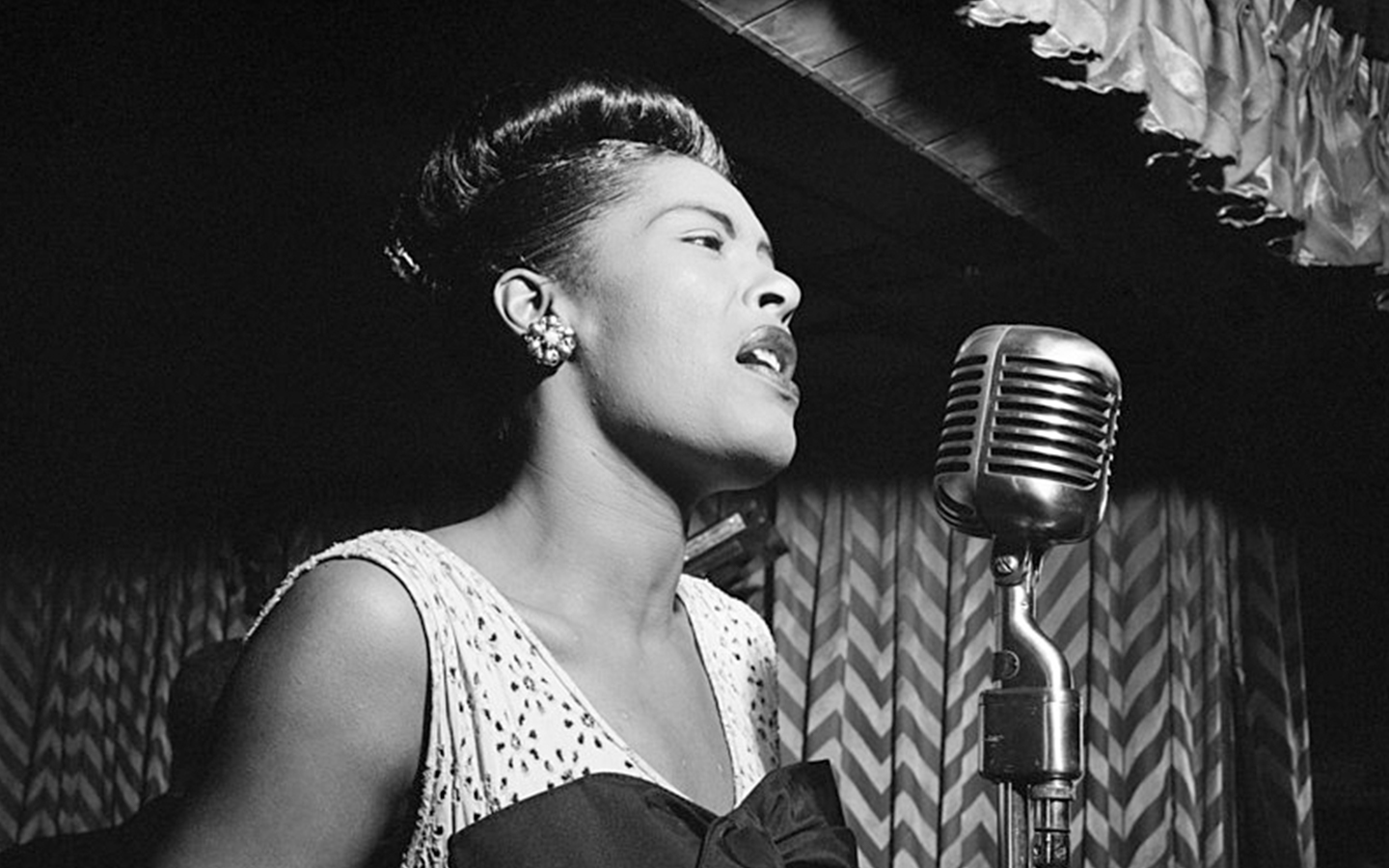Lee Daniels’ film “The United States Vs Billie Holiday” portrays the captivating story of the jazz star, touching upon themes of glamour, racism, and the war on drugs. Based on Johann Hari’s book “Chasing the Scream: The First and Last Days of the War on Drugs,” the movie pays homage to Billie Holiday’s iconic style and her courageous actions.
Billie Holiday’s Comeback Concert:
Following a ten-month imprisonment, Billie Holiday staged an extraordinary comeback concert at Carnegie Hall in March 1948. Dressed in a stunning long gown, gloves, and her trademark gardenia, she embodied the essence of a star. On and offstage, Holiday exuded mid-century glamour with her gowns, fur coats, ponytails, and dazzling diamanté sunglasses.
Fame and Controversy:
Starring Andra Day, the film focuses on Holiday’s rise to fame in the late 40s and early 50s, when she became a target of the FBI due to her powerful rendition of “Strange Fruit,” a protest song against southern lynchings. Despite facing opposition, Billie adamantly refused to cease singing this controversial piece. The FBI assigned agent Jimmy Fletcher, a rare Black agent, to apprehend Holiday, a known heroin user, for drug abuse.
Fashion and Political Message:
In addition to the film’s political message, fashion plays a significant role in portraying Holiday’s life. Costume designer Paolo Nieddu meticulously researched Holiday’s wardrobe across different decades, discovering images of her at dinner parties, smoking, and socializing with jazz musicians like Hazel Scott. Nieddu was captivated by the experimental and avant-garde nature of Holiday’s fashion choices, which often blurred the lines between different eras. Billie fearlessly broke conventions, such as opting not to wear a bra when it was considered obligatory, and showcased her exquisite style through extravagant sunglasses and unique attire.
Prada’s Collaboration:
Billie Holiday’s avant-garde reputation attracted the interest of luxury brand Prada, leading to their collaboration in the film. Nieddu and Prada designed a total of eight outfits, including a remarkable yellow satin dress adorned with sequins.
Glamour and Adversity:
Despite Holiday’s glamorous appearance, her lifestyle and fashion were intertwined with her struggles. Known for her drug use, she frequently wore long gloves, a signature element that concealed needle marks. However, images of Holiday challenge the stereotypical portrayal of a drug addict. She found solace in fashion and thrived on performing for large audiences. Her satin and silk ensembles, along with her heels, served as her armor against persecution by the authorities
Glamour as Resistance:
In the 1940s United States, Holiday’s glamorous appearance carried an additional layer of resistance, especially as a Black woman. Actress Andra Day recognizes the significance of Holiday’s radical success and glamour during that era, emphasizing the revolutionary nature of her attitude and sass.
Contribution to the Civil Rights Movement:
Holiday’s fearlessness in singing “Strange Fruit” and her daring fashion statements made a profound impact on the Civil Rights Movement. Despite the persistence of racism, she remained unafraid and made herself visible, becoming an inspiration to others. This important story deserves to be told, and according to Oprah, it is a must-see!
No matter how glamorous Holiday appeared, unfortunately her lifestyle and sense for fashion go hand in hand. Holiday is known for her drug use, hence she wore long gloves most of the time. This iconic element of Billie’s look is revealed to be used to cover her needle marks. Nevertheless, images of Holiday do not exactly conform to the stereotypical image of a drug addict. Instead, she enjoyed fashion and performing in front of big crowds. Her satins, silks and heels can be seen as her kind of armour against her persecution by the authorities.
However, for a Black woman in the US during the 40s, such a glamorous appearance could be seen as an act of resistance, too. That idea was certainly important to actress Andra Day. For her it is important to remember how radical Holiday’s success and glamour was with her standing during that era. Her attitude and sass was revolutionary.



























